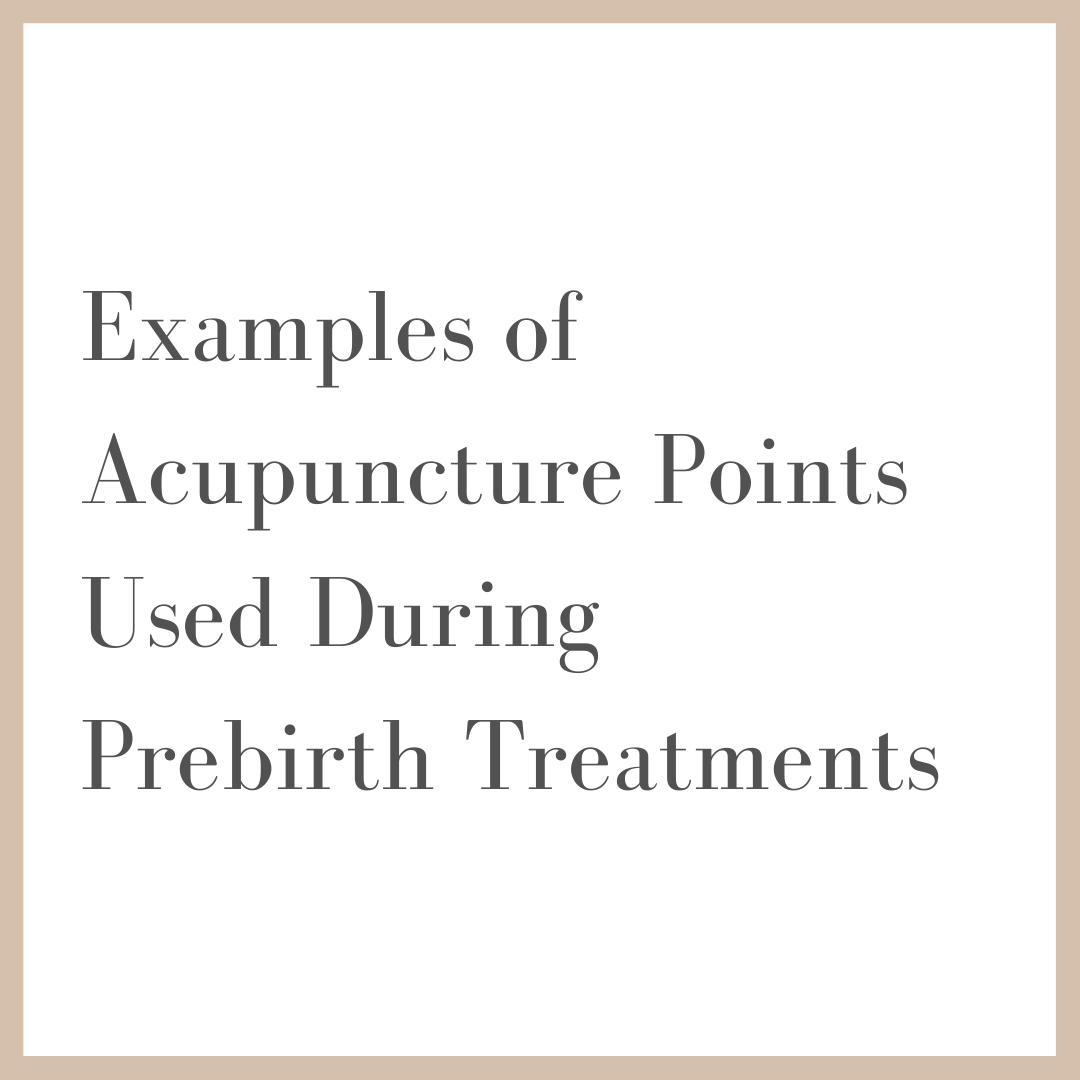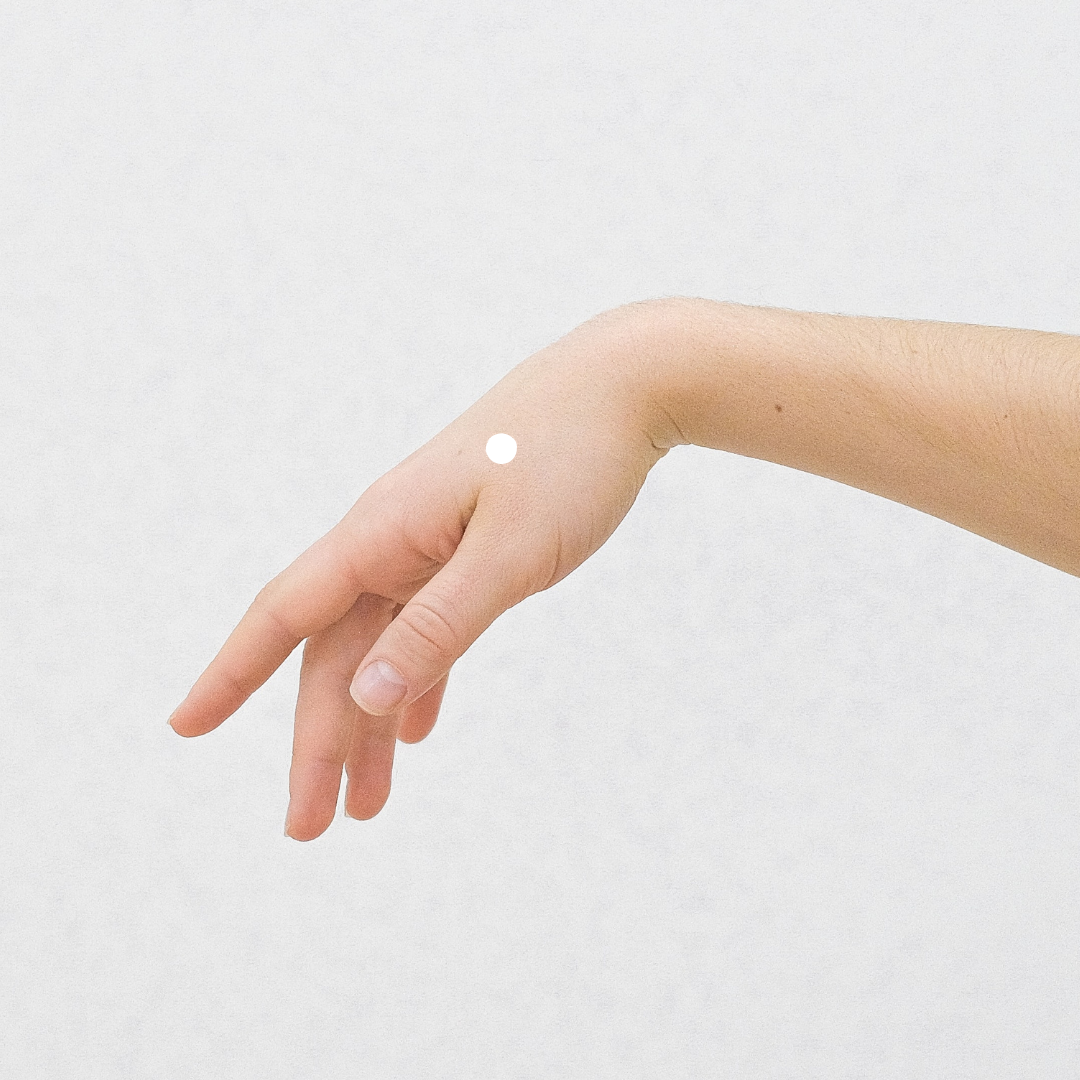Evidence for Prebirth Acupuncture & Labor Induction
Research suggests acupuncture is beneficial in preparing the body for labor — but it helps to plan ahead.
Disclaimer: Please consult with your physician if you are considering using acupuncture during pregnancy.
One of my midwife’s favorite phrases has become something of a personal mantra, and that is:
“The best labors start on their own.”
This I repeated to myself dozens of times during the end of my second pregnancy after making the all-too-common mistake of expecting to go into labor “early” and instead going past my due date. (Can anyone relate?)
I start with this anecdote to clarify something important from the get-go: I am not interested in pushing your body or baby to do something it is not ready to do. In fact, as the research shows, I couldn’t do that even if I wanted to!
Labor preparation (prebirth) and induction acupuncture are two methods toward the same end — a labor and delivery with positive outcomes for birthing person and baby. However, the energy and intention behind each technique is quite different, as is the body of evidence to support their efficacy. Continue reading to find out why and when these approaches are used and how they could benefit your birth.
The difference between “prebirth” and “induction” acupuncture
Generally, “prebirth acupuncture” refers to treatments designed to gently prepare the body for labor while “induction acupuncture” is meant to initiate contractions and begin active labor.
Prebirth Acupuncture
I place prebirth acupuncture into a similar category as drinking raspberry leaf tea, eating red dates, performing the Miles Circuit, and any number of those tried-and-true techniques to prepare the body for an easier labor. Important to note is that prebirth acupuncture will not force labor to begin if baby is not ready. Prebirth acupuncture is meant to aid the body in cervical ripening and help relax muscles and tendons in the pelvis, as well as decrease stress and anxiety to help prepare the mind for labor.
According to studies and research analysis by New Zealand-based acupuncturist Debra Betts, there is evidence to suggest acupuncture beginning at 36-37 weeks has beneficial outcomes for labor and may decrease the mean time for active labor.
One study in which acupuncture treatments began at 36 weeks concluded that acupuncture treatment had positive effect on the duration of labor by shortening the first stage of labor, defined as the time interval between 3 cm cervical dilatation and complete dilation. The acupuncture group had a median duration of 3 hours and 26 minutes compared to the control group time of 5 hours and 35 minutes (Zeisler, 1998).
Another study performed by Debra Betts and Susan Lennox began prebirth acupuncture treatments at 37 weeks gestation. When comparing the acupuncture group to all caregivers (including midwives, GP’s and specialists), the researchers found an overall 35% reduction in the number of inductions (for women having their first baby this was a 43% reduction) and a 31% reduction in the epidural rate. When comparing midwifery only care there was a 32% reduction in emergency caesarean delivery and a 9% increase in vaginal births (Betts & Lennox, 2006).
Induction Acupuncture
Acupuncture for labor induction involves choosing acupuncture points which are theorized to stimulate the uterus, such as points along the lower back, while manually stimulating the needles to illicit a stronger effect. While certain situations may warrant this approach (see below for when I use this in my clinic), the evidence for induction acupuncture is less convincing than that of the prebirth acupuncture.
Betts published the following after her review of the literature:
“The research to date does not support that women receiving acupuncture to stimulate contractions improves labour outcomes. In contrast to the use of prebirth acupuncture which aims to prepare a woman’s body for labour, an acupuncture induction aims to stimulate contractions. It may be that stimulating uterine contractions without an individualised approach to address factors such as cervical ripening, the baby’s position, emotional factors, and physical stamina has limited beneficial effects in terms of labour outcomes.”
More details on the research can be found in this 2013 Cochrane Report.
My approach to prebirth acupuncture
Labor preparation is a topic I discuss with clients who are in or moving toward the 37-42 week window of pregnancy. This 5-week phase of pregnancy (previously categorized together as “term”) represents four categories: early term, full term, late term, and postterm. According to The American College of Obstetricians and Gynecologists (ACOG), these classifications are as follows:
Early term: 37 0/7 weeks through 38 6/7 weeks
Full term: 39 0/7 weeks through 40 6/7 weeks
Late term: 41 0/7 weeks through 41 6/7 weeks
Postterm: 42 0/7 weeks and beyond
When all other health factors are considered and my client’s OB or midwife has determined it is okay to wait for labor to begin on its own, I continue to use the prebirth/cervical ripening approach starting at week 37 until labor begins on its own or a medical induction is deemed necessary by the OB or midwife. At the start of each treatment I will ask for information from your most recent care-provider appointment to obtain a more complete picture of how you and baby are progressing.
Treatments are adjusted to accommodate physical changes as the weeks progress through early, full, late and into postterm. Typically this includes adding more points to increase the sensation of the treatment slowly, week by week, as baby’s arrival comes closer.
During these treatments I remain in constant communication regarding client comfort and ask for feedback around needle sensation and body positioning (typically side lying or leaning back on a wedge pillow). We can also address other concerns which commonly arise in late pregnancy such as pelvic and back pain, anxiety, sleep and digestion issues.
If you are a new client, my recommendation is to schedule an initial appointment during week 36, and continue to receive acupuncture weekly until the end of pregnancy. (And truly, the earlier the better. Click here for additional information on the benefits of receiving acupuncture through all three trimesters.)
When labor induction acupuncture is appropriate
As mentioned above, the literature to date is in favor of prebirth acupuncture over labor induction acupuncture. That said, labor induction acupuncture can still be a useful option in certain instances. In my experience, if the body and baby are ready, acupuncture can provide just enough of a nudge to help tip the scales and help get labor started. However, if the body is not ready an acupuncture treatment may cause seemingly no change at all.
An acupuncturist will first and foremost consider the individual case, including following the recommendations of the primary midwife/OB, when developing a treatment plan as the end of pregnancy approaches. I typically reserve use of the labor induction protocol until a medical induction is imminent (as in, scheduled within a few days) or your doctor or midwife has referred specifically for this style of treatment.
…and when it is not.
I occasionally receive requests to help “get labor started” for reasons outside of an upcoming medical induction or without recommendation from an OB/midwife. Some of these reasons include:
Late pregnancy discomfort
Anxiety or stress over upcoming delivery
External factors such as planning family support or parental leave
And, the big one, feeling like you will be pregnant forever and being just plain “over it.”
Believe me when I tell you I have been there. The last few weeks of pregnancy can feel excruciatingly long and the temptation to find a way to the other side into that newborn baby bliss is all consuming. I encourage you to trust your care team and your body to know when the time is right and focus on preparation ahead of willing the outcome.
In the words Debra Betts:
“It must be remembered that due dates do not actually indicate the exact day that a baby will be born. It is only an indication of when a baby is due, in reality it is estimated that only 4% of babies will actually arrive on their due date.
While acupressure/acupuncture can be seen as more "natural" than a medical induction it is still an intervention. I would caution any women attempting to induce their labour for any reason other than on a recommendation by her doctor or midwife. The mechanisms that lie behind labour commencing are complex and while acupressure/acupuncture may be helpful in stimulating contractions this does not guarantee labour will progress efficiently.”
If you have any questions regarding acupuncture treatment during pregnancy please contact me or schedule a free consultation.
Updated August 29 2022
Sources:
Zeisler, H., Tempfer, C., Mayerhofer, K., Barrada, M., & Husslein, P. (1998). Influence of acupuncture on duration of labor. Gynecologic and obstetric investigation, 46(1), 22–25. https://doi.org/10.1159/000009990
Betts, D., & Lennox, S. (2006). Acupuncture for prebirth treatment: An observational study of its use in midwifery practice. Medical Acupuncture, 17, 17–20.
Smith, C.A., Armour, M., Dahlen, H.G. (2017). Acupuncture or acupressure for induction of labour. Cochrane Database of Systematic Reviews, 10, Art. No.: CD002962. DOI: 10.1002/14651858.CD002962.pub4







